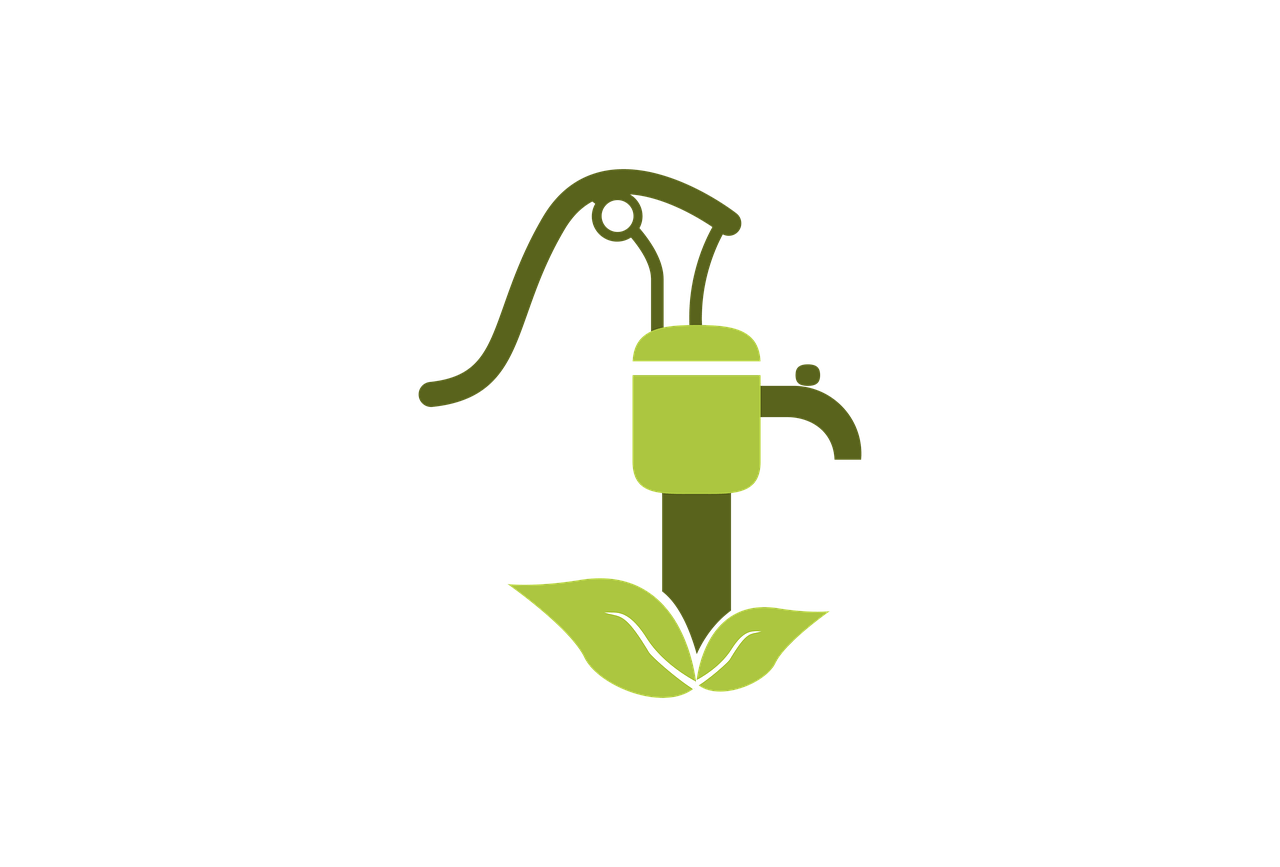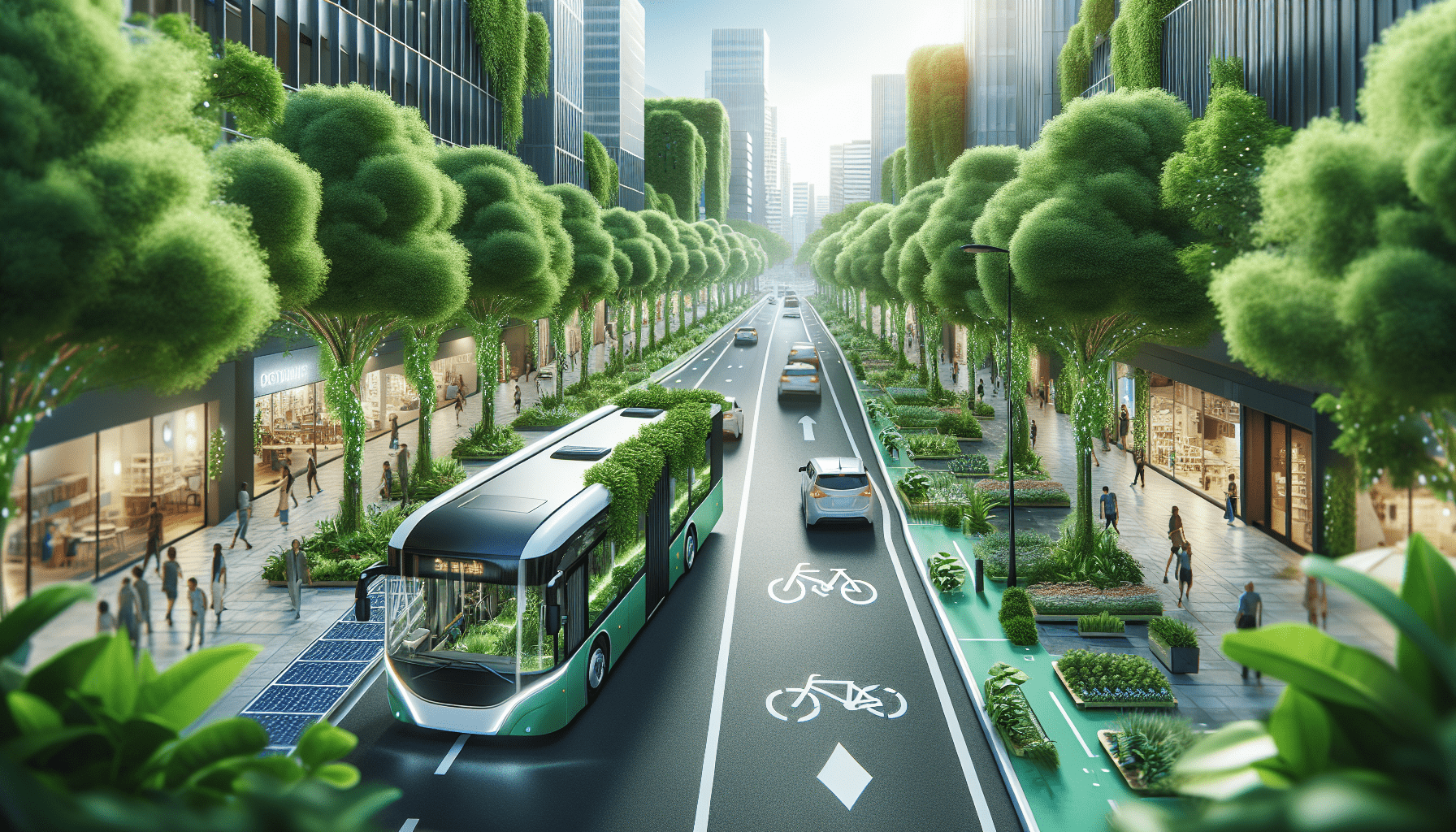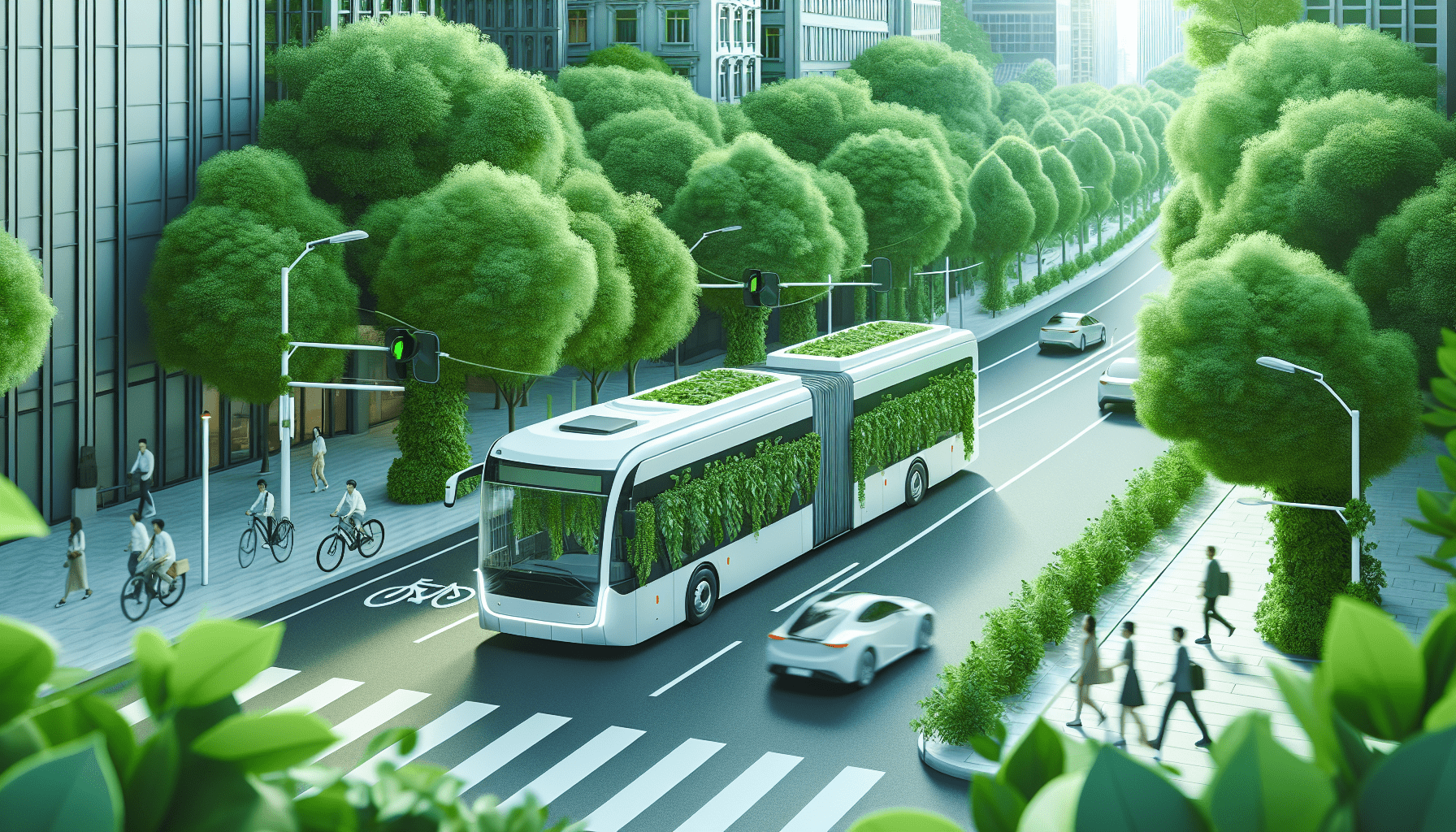Let’s dive into the ways public transportation provides significant environmental advantages. Not only does it reduce the number of individual vehicles on the road, but it also lowers greenhouse gas emissions and conserves energy. Imagine a world where fewer cars mean less traffic congestion and cleaner air for all of us. By opting for buses, trains, and other forms of public transit, we can collectively contribute to a healthier planet while also enjoying the convenience of getting around without the hassle of driving. It’s a win-win situation for both us and our environment. Have you ever wondered how public transportation benefits the environment? We often hear about the importance of sustainable living and reducing our carbon footprint, and public transportation is frequently mentioned as a vital piece of the puzzle. But how exactly does hopping on a bus or train help the planet?

Understanding Public Transportation
Before diving into the environmental benefits, let’s first clarify what public transportation encompasses. When we talk about public transportation, we’re referring to systems that move people around cities and regions via buses, trains, subways, trams, and ferries. These systems are designed to be efficient, cost-effective, and widely accessible. Unlike individual car travel, public transportation is a shared mode of transport that reduces the need for multiple vehicles on the road.
What Comprises Public Transportation?
When breaking down public transportation, we can distinguish between several key modes:
| Mode | Description |
|---|---|
| Buses | Operate on streets and have designated stops. |
| Trains | Travel on railways, connecting cities and regions. |
| Subways | Underground rail systems that usually serve metropolitan areas. |
| Trams/Light Rail | Street-level rail systems often found in urban areas. |
| Ferries | Boats that transport people across bodies of water. |
Each mode has its unique characteristics and benefits, yet collectively, they form an integral part of a sustainable urban mobility strategy.
Reducing Carbon Emissions
One of the most significant ways public transportation benefits the environment is by reducing carbon emissions. When we reduce the number of individual cars on the road, we cut down on the emissions that each of those vehicles would produce.
Shared Journeys, Reduced Emissions
When multiple people share a bus or train journey, the carbon footprint per person is significantly lower than if each of those individuals had traveled by car. For instance, a full bus can take 40 cars off the road. Imagine the reduction in emissions that follows! Here’s a quick comparison to illustrate that point:
| Mode of Transportation | CO2 Emissions per Passenger Mile |
|---|---|
| Personal Car | ~0.96 pounds |
| Bus | ~0.30 pounds |
| Commuter Rail | ~0.17 pounds |
| Light Rail | ~0.10 pounds |
Electrification and Efficiency
Many public transportation systems are investing in electric or hybrid vehicles, further reducing their environmental impact. Electric buses and trains produce zero emissions at the point of use, making them a more sustainable option. Cities like Paris and New York are leading the way by integrating electric buses into their fleets, setting a precedent for others to follow.
Decreasing Traffic Congestion
Another critical benefit of public transportation is the reduction of traffic congestion. Fewer cars on the road mean less traffic, which in turn leads to a smoother flow of vehicles and less idling.
The Domino Effect of Less Traffic
Less congestion not only makes our commutes faster and less stressful but also has a significant environmental impact. When cars are stuck in traffic, they produce more emissions due to idling and stop-and-go driving. Reducing congestion therefore leads to lower overall emissions.
Urban Planning and Public Transport
Efficient public transportation systems enable better urban planning. Cities can develop around public transit hubs, encouraging higher-density development and more pedestrian-friendly environments. This reduces the need for sprawling car-centric infrastructure, which often leads to higher emissions and energy consumption.
Lowering Fuel Consumption
Public transportation helps in reducing the overall fuel consumption in the transportation sector. Cars are a major consumer of fossil fuels, and even with growing interest in electric vehicles, the majority of cars on the road are still powered by gasoline or diesel.
Fuel Efficiency of Public Transport
Public transportation is inherently more fuel-efficient than private cars. For example, a fully loaded bus is significantly more fuel-efficient per passenger mile than a car. Similarly, trains can run on electricity derived from renewable sources, making them even more environmentally friendly.
| Mode of Transportation | Average Fuel Efficiency |
|---|---|
| Personal Car | 25 miles per gallon (MPG) |
| Bus | 6 miles per gallon (MPG) (considering full capacity, this equates to 240 passenger miles per gallon) |
| Train | Variable, often powered by electricity or more efficient diesel engines |
Dependency on Fossil Fuels
Reducing our reliance on fossil fuels is critical for mitigating climate change. Public transportation systems, particularly those that utilize renewable energy, help shift our dependency away from oil and gas. By investing in and using public transit, we collectively lower the demand for fossil fuels, contributing to a decrease in greenhouse gas emissions.

Reducing Urban Sprawl
Urban sprawl is another environmental challenge that public transportation can help mitigate. Sprawl leads to increased land consumption, loss of green spaces, and higher emissions due to longer commutes.
Compact Cities and Public Transit
Public transportation supports the development of compact, walkable cities. When cities invest in robust public transit systems, they can better manage growth and reduce the spread of low-density developments. This denser urban form has several environmental benefits, including:
- Less Land Consumption: Preserves natural and agricultural lands by limiting urban expansion.
- Reduced Infrastructure Costs: Decreases the need for extensive road networks, utility extensions, and public services.
- Enhanced Energy Efficiency: Compact living reduces the need for heating and cooling large spaces, thereby conserving energy.
Encouraging Sustainable Development
By prioritizing public transportation, cities can promote sustainable development patterns that reduce environmental impact. Mixed-use developments near transit hubs encourage residents to live, work, and play within walkable distances, reducing the need for long car commutes.
Promoting Healthier Lifestyles
Public transportation also plays a role in promoting healthier lifestyles, which has indirect environmental benefits. When we use public transit, we’re more likely to incorporate walking or cycling into our daily routines, contributing to better overall health and reducing car dependency.
Active Transportation
For many of us, using public transportation involves walking or biking to and from transit stops. These forms of active transportation not only improve our physical health but also reduce our environmental footprint. Fewer car trips mean fewer emissions, and more walking and cycling contribute to a more vibrant, livable community.
Improved Air Quality
With fewer cars on the road, we can enjoy improved air quality. Emissions from vehicles are a significant source of air pollution, contributing to smog and respiratory issues. By reducing the number of cars, public transportation helps to reduce this pollution, leading to cleaner, healthier air.

Conserving Resources
Public transportation helps in conserving various natural resources. From reducing the demand for non-renewable fuels to conserving land and raw materials, the benefits are multifaceted.
Efficient Use of Materials
Public transit systems make efficient use of materials compared to the production and maintenance of numerous private cars. Consider the resources involved in manufacturing, maintaining, and disposing of personal vehicles versus a fleet of buses or trains. The former requires significantly more metal, plastic, rubber, and other raw materials.
Sustainable Transit Options
When public transportation agencies invest in sustainable practices, such as recycling parts, using eco-friendly materials, or maintaining well-planned maintenance procedures, they contribute to resource conservation. It’s a cycle of sustainability that benefits everyone.
Enhancing Social Equity
Public transportation is an essential component of social equity, providing accessible mobility options for all, regardless of income level. This inclusivity indirectly benefits the environment by ensuring that more people have access to sustainable transportation options.
Affordable Mobility
For many people, owning a car is a significant financial burden. Public transportation offers an affordable alternative that ensures all community members can travel to work, school, and other essential destinations. By making sustainable travel accessible to all, we collectively reduce the number of cars on the road.
Inclusive Urban Planning
Planning cities around public transportation hubs ensures that all residents benefit from efficient, accessible transport options. This inclusive approach helps to curb car dependency and spreads the environmental benefits of public transportation across the community.

Supporting Renewable Energy Initiatives
Public transportation systems that incorporate renewable energy sources contribute significantly to environmental sustainability. From solar-powered bus stops to wind-energy-driven trains, the integration of renewables in transit systems showcases an ecological commitment.
Solar-Powered Infrastructure
Some public transportation systems have embraced solar power by installing panels on bus shelters, stations, and even on the vehicles themselves. This adoption reduces dependency on traditional energy sources and highlights the potential of renewable energy.
Wind-Energy in Transit
Wind energy is another sustainable option being explored. Trains and rail networks, especially those in open areas, can harness wind power, either directly or as part of the energy mix for the electricity grid that powers them. This shift not only reduces carbon emissions but also sets a benchmark for other sectors to follow.
Encouraging Technological Innovations
Public transportation often acts as a catalyst for technological advancements. Innovations like electric buses, smart ticketing systems, and real-time tracking apps are just a few examples of how transit systems drive progress.
Smart Transit Solutions
Technologies like automated scheduling, real-time tracking, and mobile ticketing enhance the efficiency and user experience of public transportation. These innovations encourage more people to use public transit, thus amplifying its environmental benefits.
Electric and Autonomous Vehicles
Electric and autonomous vehicles represent the future of public transportation. By prioritizing the development and deployment of these technologies within transit systems, we can reduce emissions, improve energy efficiency, and create safer, more reliable transportation networks.

Increasing Economic Efficiency
Public transportation systems offer economic benefits that can indirectly support environmental goals. By reducing traffic congestion, lowering transportation costs, and boosting local economies, public transit creates a more sustainable and resilient economic landscape.
Economic Savings
The cost savings associated with public transportation are substantial. Reduced need for car maintenance, lower fuel costs, and the economic benefits of reduced congestion lead to significant savings for both individuals and society. These savings can be reinvested in other sustainable initiatives.
Local Economic Development
Public transit hubs often become centers of economic activity. Businesses thrive in areas with high foot traffic, leading to vibrant, economically robust communities. This development reduces the need for car-centric infrastructure, promoting a more sustainable economic model.
How We Can Make a Difference
Understanding the environmental benefits of public transportation is just the first step. What can we do next? Here are some practical ways we can make a difference:
Advocate for Better Transit
We can advocate for better public transportation options in our communities. By voicing our support for increased funding, expanded routes, and improved services, we help create a more robust and sustainable transit system.
Use Public Transport
One of the simplest actions we can take is to use public transportation whenever possible. By choosing to ride a bus, tram, or train, we directly reduce our carbon footprint and support the environmental benefits discussed.
Support Renewable Initiatives
We can support public transportation systems that invest in renewable energy and sustainable practices. Whether through supporting policy changes, participating in community discussions, or simply spreading the word, our collective support can drive meaningful change.
Combine Different Modes of Transport
Combining public transport with other sustainable modes, like biking or carpooling, can maximize our environmental impact. By being flexible in our travel habits, we can leverage the strengths of multiple transportation options to reduce emissions and conserve resources.
Conclusion
Public transportation offers a multitude of benefits for the environment, from reducing carbon emissions and traffic congestion to promoting healthier lifestyles and conserving resources. By understanding these advantages and taking action in our own communities, we can contribute to a more sustainable and equitable world. Let’s embrace public transportation as a critical component of our efforts to protect and preserve the environment for future generations.



